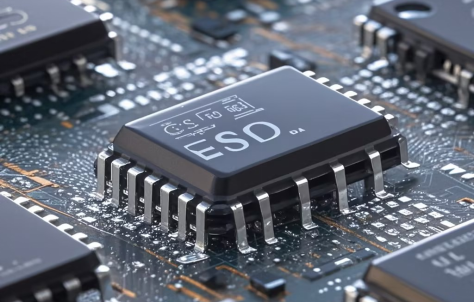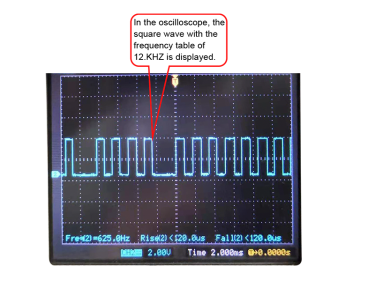The necessity of electrostatic protection for UWB modules
In the modern wireless communication field, UWB technology has garnered widespread attention due to its high-precision positioning and high-speed data transmission capabilities. The application scenarios of UWB technology span multiple fields, from IoT to industrial automation. However, even the most advanced UWB modules may face the threat of electrostatic discharge (ESD) in the environment.
What is ESD Electrostatic Protection
Electrostatic Discharge (ESD) refers to the sudden transfer of electric charge between objects. This phenomenon can occur due to friction, contact, or electromagnetic induction. When static charges are released on a device, a high-voltage arc can be generated, which may cause damage to electronic equipment. ESD not only has the potential to cause equipment failures but can also disrupt normal operations and shorten the lifespan of the device.
The principles of ESD protection involve controlling and eliminating the harmful effects of static electricity on electronic devices. This includes several basic principles such as voltage clamping, charge dissipation, and current diversion:
Voltage Clamping: Electrostatic discharge is often accompanied by extremely high voltages. ESD protection devices work by clamping these excessive voltages within a safe range. Common clamping devices include Transient Voltage Suppression (TVS) diodes, Zener diodes, and Metal-Oxide-Semiconductor Field-Effect Transistors (MOSFETs).
Charge Dissipation: In addition to voltage clamping, ESD protection devices protect equipment by rapidly dissipating static charges to the ground. Charge dissipation is achieved through a low-impedance path, typically completed when the TVS diode or other clamping devices become conductive.
Current Diversion: During an ESD event, a sudden surge of high current is generated. ESD protection devices safeguard sensitive circuit components by providing a low-impedance path for the current to bypass these components, thereby protecting them from the impact of the high current.
Impact of ESD on UWB Modules
UWB modules are commonly used in high-precision wireless communication and positioning systems. Due to their high frequency and fast data rates, UWB modules are particularly sensitive to electromagnetic interference and electrostatic discharge (ESD) during operation. ESD may cause the following effects on UWB modules:
Circuit Damage: ESD can cause transient overvoltage in the circuit, leading to damage or malfunction of the integrated circuit (IC).
Data Transmission Errors: Electrostatic discharge can interfere with signal transmission, resulting in data loss or errors, thus affecting communication quality.
Reduced System Stability: The impact of ESD on UWB modules can make the system unstable, thereby affecting the overall performance and reliability of the system.
The Necessity of ESD Protection
Effective ESD protection can significantly enhance the stability and reliability of UWB modules. Here are several key reasons for implementing ESD protection:
Enhancing Device Durability: Integrating ESD protection devices into UWB modules can effectively absorb and dissipate the energy from electrostatic discharge, thereby preventing direct damage to the module's circuitry.
Ensuring Data Transmission Reliability: ESD protection can reduce the interference caused by electrostatic discharge on signals, improving the accuracy and reliability of data transmission.
Reducing Maintenance Costs: Modules with good ESD protection are less likely to fail, reducing the costs associated with repairs or replacements due to equipment damage.
Compliance with Industry Standards: Many industry standards require electronic devices to have a certain level of ESD protection to ensure their proper functioning in various environments.
The UWB650 module, launched by NiceRF as a high-performance UWB positioning and ranging module, has been designed with the importance of ESD protection in mind. This module integrates ESD protection devices that provide instant protection in the event of electrostatic discharge. These protection devices can quickly divert the static energy to the ground, preventing it from affecting the circuitry.
In today's wireless communication technology, ESD protection holds significant importance for wireless modules. For UWB modules, integrating effective ESD protection devices is crucial for ensuring their stability and reliability. With effective ESD protection, UWB modules can maintain excellent performance under various environmental conditions, ensure the accuracy of data transmission, reduce maintenance costs, and meet the requirements of industry standards.
 +86-755-23080616
+86-755-23080616
 sales@nicerf.com
sales@nicerf.com
Website: https://www.nicerf.com/
Address: 309-314, 3/F, Bldg A, Hongdu business building, Zone 43, Baoan Dist, Shenzhen, China






